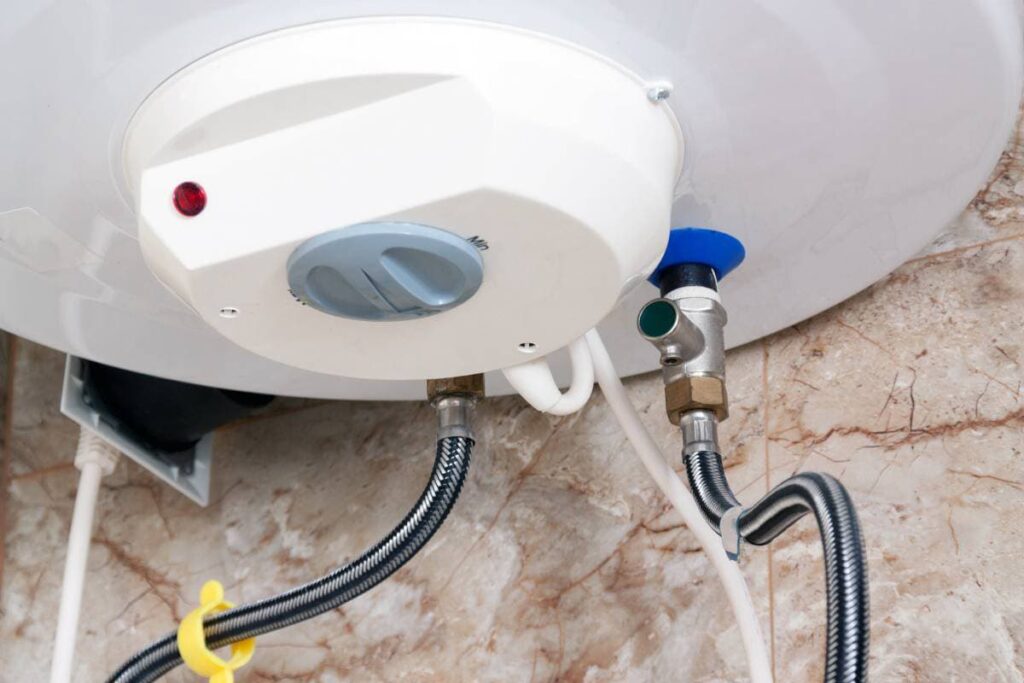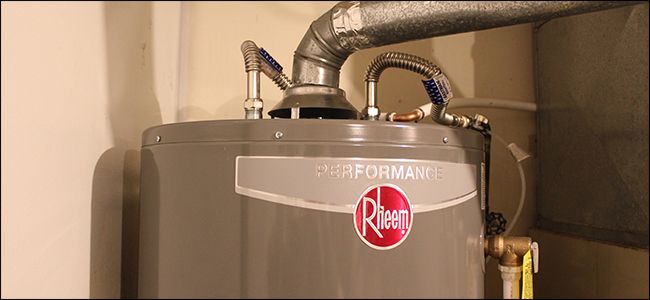Ways to Successfully Care for Your Home's Hot Water SystemHow to Prolong the Lifespan of Your Home's Hot Water System Through Maintenance
Ways to Successfully Care for Your Home's Hot Water SystemHow to Prolong the Lifespan of Your Home's Hot Water System Through Maintenance
Blog Article
We have unearthed the article about How to Maintain Your Water Heater & Prolong its Life below on the web and figured it made perfect sense to share it with you on this page.

Hot water is essential for everyday comfort, whether it's for a revitalizing shower or washing recipes. To ensure your warm water system runs efficiently and lasts much longer, normal maintenance is vital. This article gives useful pointers and insights on just how to preserve your home's warm water system to stay clear of interruptions and pricey repair work.
Intro
Preserving your home's warm water system might appear challenging, yet with a few basic steps, you can ensure it runs efficiently for years to find. This overview covers whatever from recognizing your warm water system to DIY upkeep tips and understanding when to call professional help.
Significance of Preserving Your Hot Water System
Normal maintenance not just extends the life expectancy of your warm water system but likewise guarantees it runs efficiently. Ignoring upkeep can lead to reduced performance, greater power bills, and even early failing of the system.
Signs Your Hot Water System Demands Maintenance
Knowing when your hot water system requires focus can prevent major problems. Keep an eye out for indicators such as irregular water temperature, unusual sounds from the heating system, or corroded water.
Understanding Your Warm Water System
Before diving into maintenance jobs, it's handy to understand the basic elements of your hot water system. Normally, this consists of the hot water heater itself, pipes, anode rods, and temperature controls.
Regular Monthly Maintenance Tasks
Routine regular monthly checks can aid catch minor issues before they rise.
Purging the Hot Water Heater
Purging your water heater removes sediment build-up, boosting performance and extending its life.
Checking and Replacing Anode Rods
Anode rods protect against deterioration inside the storage tank. Inspecting and replacing them when worn out is crucial.
Inspecting and Adjusting Temperature Settings
Adjusting the temperature level setups guarantees optimal efficiency and safety and security.
DIY Tips for Maintenance
You can perform numerous maintenance tasks on your own to maintain your hot water system in leading problem.
Checking for Leaks
Consistently check pipes and links for leakages, as these can result in water damages and greater bills.
Testing Pressure Relief Valves
Checking the pressure safety valve guarantees it functions appropriately and stops excessive stress accumulation.
Insulating Pipelines
Insulating hot water pipes reduces warmth loss and can conserve energy.
When to Call a Professional
While do it yourself upkeep is useful, some issues require specialist competence.
Complex Concerns Needing Professional Help
Instances include major leakages, electrical problems, or if your hot water heater is regularly underperforming.
Routine Professional Upkeep Advantages
Specialist upkeep can include detailed assessments, tune-ups, and guaranteeing conformity with safety criteria.
Conclusion
Normal maintenance of your home's warm water system is vital for efficiency, long life, and cost financial savings. By complying with these pointers and understanding when to look for expert help, you can guarantee a trusted supply of hot water without unanticipated disruptions.
How to Maintain an Instant Hot Water Heater
Before tinkering with your hot water heater, make sure that it’s not powered on. You also have to turn off the main circuit breaker and shut off the main gas line to prevent accidents. Also turn off the water valves connected to your unit to prevent water from flowing into and out of the appliance. 2. When you’re done, you have to detach the purge valves’ caps. These look like the letter “T” and are situated on either side of the water valves. Doing so will release any pressure that has accumulated inside the valves while at the same time avoid hot water from shooting out and burning your skin. 3. When the purge valves’ caps are removed, you have to connect your hosing lines to the valves. Your unit should have come with three hoses but if it didn’t, you can purchase these things from any hardware or home repair shops. You can also get them from retail stores that sell water heating systems. Read the user’s manual and follow it to complete this task properly. When the hosing lines are connected, open the purge port’s valves. 4. You should never use harsh chemical cleaners or solutions when cleaning your unit. Make use of white vinegar instead. It should be undiluted and you’ll probably use about 2 gallons. 5. Now flush your water heater. This task should probably take about 40 minutes. We can’t give you specific directions for this because the procedure is carried out depending on the type, model and brand of your heater. With that being said, refer to the user’s manual. 6. When you’re done draining the unit, you have to turn off the purge port valves again. Remove the hosing lines that you earlier installed on each of the water valves. Put the valve caps (purge port) back in their respective places and be very careful so as not to damage the rubber discs that are found inside these caps. 7. Now that everything’s back in place, check your user’s manual again to find out how to reactivate your water heating system. 8. Once it is working, turn one of your hot water faucets on just to let air pass through the heater’s water supply pipes. Leave the tap on until water flows smoothly out of it. https://www.orrplumbing.com/blog/2014/september/how-to-maintain-an-instant-hot-water-heater/

We were shown that write-up about Tips For Maintaining Your Hot Water Heater through someone on our other web blog. Liked our review? Please quickly share it. Let other people discover it. I recognize the value of your readership.
Try Here Report this page